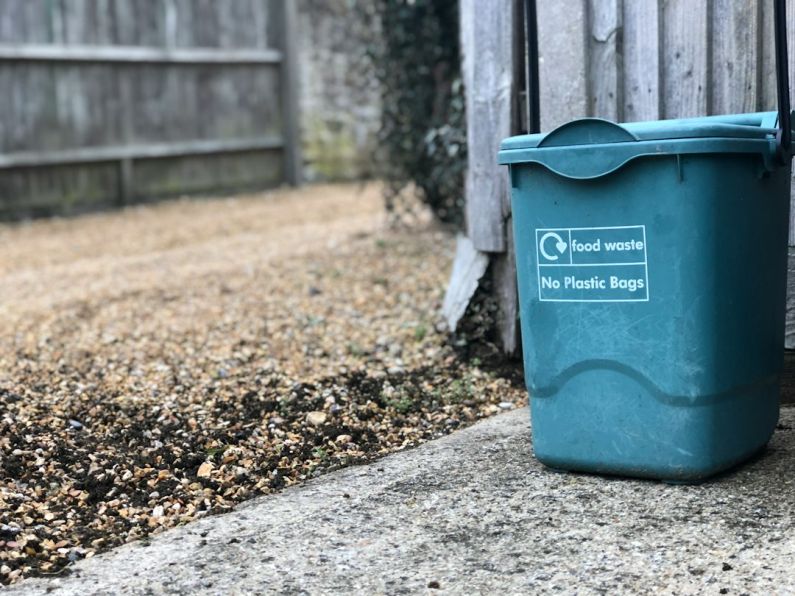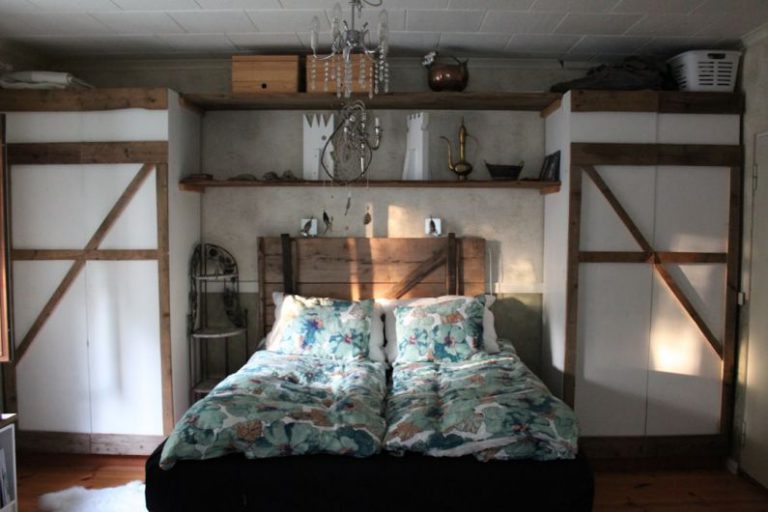How to Construct a Simple Yet Effective Compost Bin?
Constructing a Simple Yet Effective Compost Bin
Composting is a great way to reduce waste and create nutrient-rich soil for your garden. By creating a compost bin, you can easily and efficiently turn your kitchen scraps and yard waste into a valuable resource. In this article, we will guide you through the process of constructing a simple yet effective compost bin.
Choosing the Right Location
The first step in constructing a compost bin is to choose the right location. Look for an area in your yard that is easily accessible and receives a good amount of sunlight. Ideally, the location should be flat and well-drained. Avoid placing the bin too close to your house or any structures, as decomposing organic matter can produce odors.
Gathering the Materials
To construct a simple compost bin, you will need the following materials:
1. Wooden Pallets or Wire Mesh: These will serve as the walls of your compost bin. Wooden pallets are inexpensive and easy to find, while wire mesh provides good airflow.
2. Nails or Zip Ties: Use nails or zip ties to secure the pallets or wire mesh together.
3. Bricks or Stones: These will be used as a base to elevate the compost bin off the ground, allowing for better drainage.
Assembling the Compost Bin
1. Start by placing the bricks or stones in a square or rectangular shape to create the base of your compost bin. Make sure the base is level and stable.
2. Next, attach the wooden pallets or wire mesh to the sides of the base using nails or zip ties. If using pallets, make sure to secure them together at the corners as well.
3. Depending on the size of your compost bin, you may want to add additional layers of pallets or wire mesh to increase the capacity. Simply repeat the process of securing them to the sides of the bin.
4. Leave one side of the compost bin open for easy access when adding and turning the compost.
5. Finally, cover the top of the compost bin with a piece of plywood or a tarp to protect it from excessive rain and maintain the moisture levels.
Maintaining the Compost Bin
Now that your compost bin is constructed, it’s time to start composting! Here are a few tips for maintaining an effective compost bin:
1. Balance the Greens and Browns: For a successful composting process, it’s important to maintain a balance between “green” nitrogen-rich materials (such as fruit and vegetable scraps, grass clippings) and “brown” carbon-rich materials (such as dried leaves, straw). Aim for a ratio of approximately 3 parts browns to 1 part greens.
2. Chop or Shred Large Materials: To speed up the composting process, chop or shred larger materials, such as branches or corn stalks, into smaller pieces. This will help them break down faster.
3. Turn the Compost: Regularly turning the compost will help aerate it and speed up decomposition. Use a pitchfork or shovel to mix the materials, ensuring that oxygen reaches all parts of the pile.
4. Maintain Moisture Levels: Compost should be moist, but not soggy. If it’s too dry, add water; if it’s too wet, add more browns to absorb the excess moisture.
5. Patience is Key: Composting takes time, and it may take several months for your compost to fully mature. Be patient and continue adding materials to the bin regularly.
In conclusion, constructing a simple yet effective compost bin is an easy and rewarding project. By following these steps and maintaining the bin properly, you can create nutrient-rich compost to enrich your garden and reduce waste. Start composting today and contribute to a greener, healthier environment.






